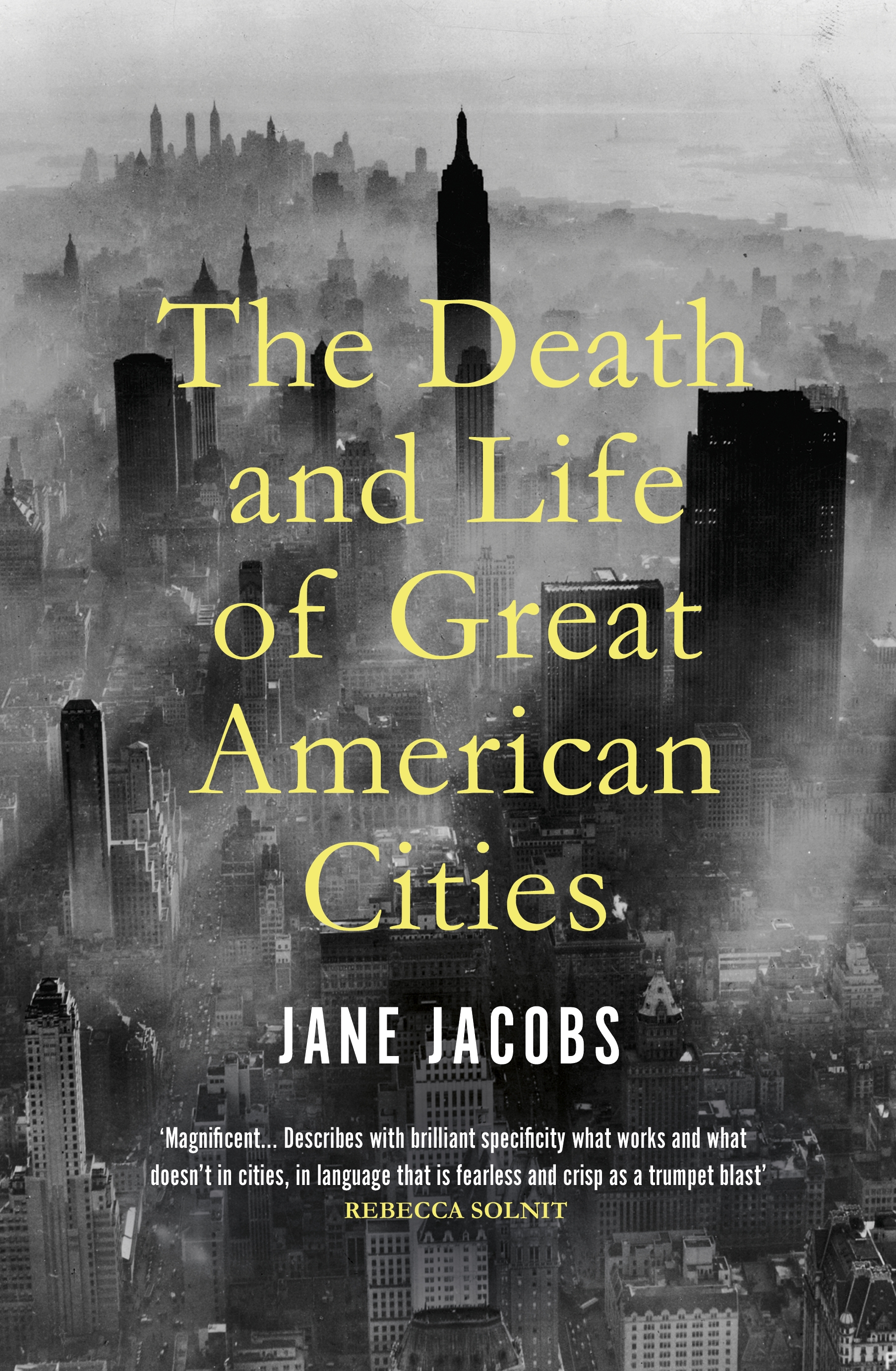“ Just as some belles, when they are old ladies, still cling to the fashions and coiffures of their exciting youth. But it is harder to understand why this form of arrested mental development should be passed on intact to succeeding generations of planners and designers” - Jane Jacobs, The Death and Life of Great American Cities.
The Garden City and the Radiant City ideals are truly eighteenth century urban planning romanticism, with their rejections of urbanised society, excessive and unnecessary romanticism about the nobility and simplicity of ‘natural’ or primitive man. Everything should operate in a rational, regimented and harmonious way. This zone is for work, that zone is for live; it follows by inconsiderate insertion of civic space and large footprint of park and vertical towers that accommodate cars. Those grandeur urban renewal schemes replaces ‘slums’. They make sense until we discover that they are at an expanse of city diversity of street vitality. They are good intentions but unfortunately that’s not how city functions. As much as I love Corbe’s work, I have to admit that Jane has her point with her attack on Corbe’s Radiant City.
City diversity and street vitality is crucial to the functioning of city. Jane examines the functioning of city in a close grained way. At the end of the day, it all comes to little but indispensable things. It is when children and even adult feels safe in the neighbourhood, it is when you get enough pubic interaction and sufficient helps from within the neighbourhood, it is when you are exposed to more freedom in terms of your job and your purchase. The street is forever animated. Different people appears for different reason at different time. Those are the ingredients of a good city. Orthodox planners tends to destroy those ingredients for malfunctioning ideals.
There are four generators of city diversity. They are useful tactics and alternative approaches for urban planning.
- It must serve more than one primary function, such as to work and to live. Sometimes the well articulated primary function leads to secondary diversity such as to shop. Residence cannot function alone. I really like how Jane attacks on the orthodox planning which thinks that an increase in residential population is the ultimate solution to stimulate the development of shopping facilities, restaurants, places of entertainment facilities. If that is the case, what amazing feats of hedonism must it accomplish to support the development!
- Blocks must be short with abundant corners to maximise interaction
- Buildings must be a mixture of different ages to accommodate people from different social and economical background. Such that a middle income inhabitant in a new apartment can live next to a shop owner of a low rent parlour
- Sufficient concentration of people. High density is the necessary ingredients for generating diversity. But sometimes people, especially planners, confuses high density from overcrowding and that’s why massive wipe out of ‘slum’ happens. High density means great amount of dwelling in a given area wheres overcrowding means too many occupants in a dwelling in a given area. If a two bedroom apartments contains four people, that’s overcrowding.
Another great tactic suggested by Jane is the articulation of visual street interruptions. That might be a break in the street, in the form of a public plaza or a jog (a building or groups of buildings set forward from the normal building line to make a jog). As long as they are not random insertions and actually contributing to the real working of the city
You might already noticed that the concept of mixed use development and visual street interruptions are nothing new in the era we live. I don’t know if that means we were actually greatly influenced by Jane or not. No matter what, Jane has proposed an alternative mindset about urban planning.

Jacobs, Jane, 1916-2006, The Death and Life of Great American Cities. Harmondsworth : Penguin in assoc. with Cape
Comments
Post a Comment